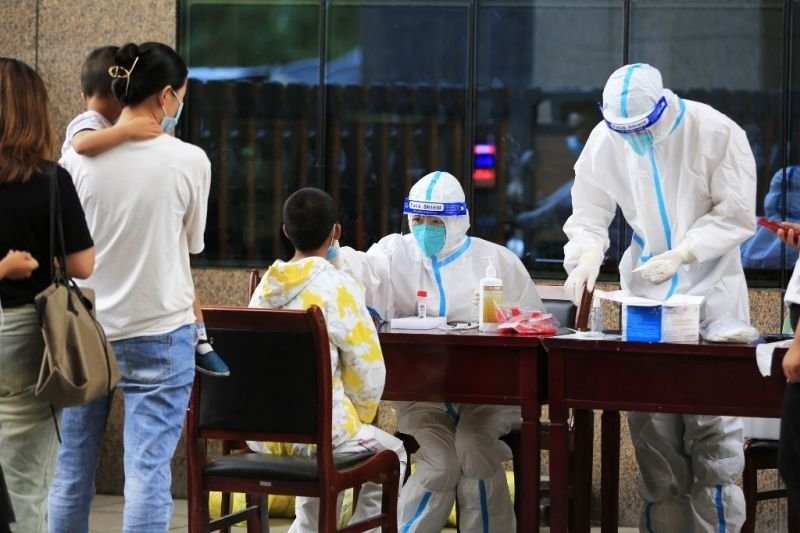New Delhi, 16 July 2025: A new subvariant of COVID-19, NB.1.8.1, is rapidly spreading across at least 25 states in the US, prompting renewed concern among health experts as cases tick upward during the summer months. While the current rise in infections remains relatively moderate, the increased transmissibility and immune evasion potential of this variant make it one to watch — especially as people travel more, gather indoors to escape heatwaves, and let their guard down post-pandemic.
What Is NB.1.8.1 and How Is It Different?
NB.1.8.1 is a descendant of the Omicron family, known for its high mutation rate and ability to spread quickly. While it doesn’t appear to cause more severe illness compared to earlier strains, it carries mutations in the spike protein that may help it partially evade immunity — even in those who are fully vaccinated or have had past infections. Experts say this could explain the gradual increase in COVID-related emergency visits and hospitalisations in some parts of the US.
Most Common Symptoms Seen With NB.1.8.1
So far, the symptoms reported with NB.1.8.1 closely mirror those of recent Omicron subvariants and are often mistaken for common colds or seasonal flu. These include:
- Sore throat
- Runny or blocked nose
- Fatigue
- Headache
- Mild cough
- Occasional fever
- Muscle aches
While most infections are mild in healthy individuals, people with weakened immune systems, chronic conditions, or the elderly may still face complications.
Why Summer Makes It Easier for the Virus to Spread
Contrary to popular belief, COVID-19 doesn’t fade away during warmer months. In fact, summer brings its own risk factors: people often seek relief from extreme heat by spending time in crowded indoor spaces with air-conditioning — ideal environments for respiratory viruses to spread. Increased travel, tourism, and relaxed attitudes towards masking and hygiene also contribute to greater transmission potential.
Do Vaccines Still Work Against NB.1.8.1?
Current vaccines, especially the updated bivalent boosters, are still effective in preventing severe illness, hospitalisation, and death, even against newer subvariants like NB.1.8.1. However, their ability to prevent mild infection or transmission reduced due to the variant’s immune escape abilities. Experts continue to recommend staying up to date with booster doses, especially for high-risk groups.
Precautions to Follow During the Summer Surge
As NB.1.8.1 continues to spread, health authorities advise revisiting basic safety practices to reduce infection risk:
- Wear masks in crowded or poorly ventilated indoor spaces
- Avoid close contact if you’re sick or have symptoms
- Wash or sanitise hands frequently
- Stay home and test if feeling unwell
- Ensure indoor spaces well ventilated
- Get the latest booster dose if eligible
Who Should Be Most Cautious?
People with compromised immune systems, the elderly, pregnant women, and those with chronic conditions like diabetes, heart disease, or asthma should take extra precautions. These groups are more vulnerable to complications from COVID-19 and may benefit from consulting a doctor about preventive antiviral treatments or monoclonal antibody options if exposed.
The NB.1.8.1 variant is yet another reminder that COVID-19 hasn’t disappeared, even if it’s no longer dominating headlines. While the public health response has shifted from emergency mode to long-term management, staying aware of new variants and following basic precautions remains essential. With summer in full swing, balancing safety with normalcy is key — and staying informed is the first step toward protecting yourself and your community.






